By tourist on April 27, 2015
Religious tourism, Vila Viçosa
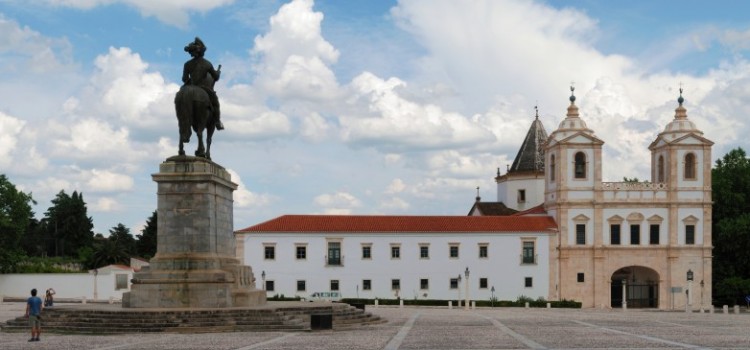
Convent founded in 1267, the license granted sequence by Afonso III, was largely benefited by King Dinis and later by Constable Nuno Alvares Pereira, in 1366, sent him to expand and rebuild the chancel of the church. Also enjoyed the special protection of the Dukes of Bragança, which it held the patronage. Extinct in 1834.
By tourist on April 27, 2015
endovelicus, god of lusitanians
Alandroal, Archaeological tourism, Religious tourism, Sacred Travel, Slider
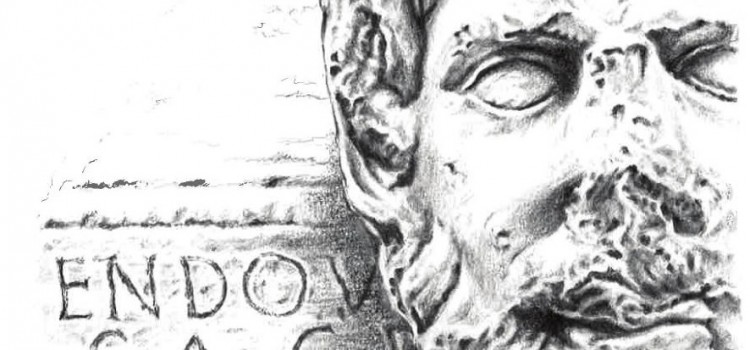
Endovelicus is a deity Iron Age worshiped in pre-Roman Lusitania. God of medicine and security, both solar and chthonic character, after the Roman invasion his cult spread throughout most of the Roman Empire, subsisting through its identification with Aesculapius or Asclepius, but has always remained popular in the Iberian Peninsula , more specifically in the […]
By tourist on April 27, 2015
Évora, Religious tourism
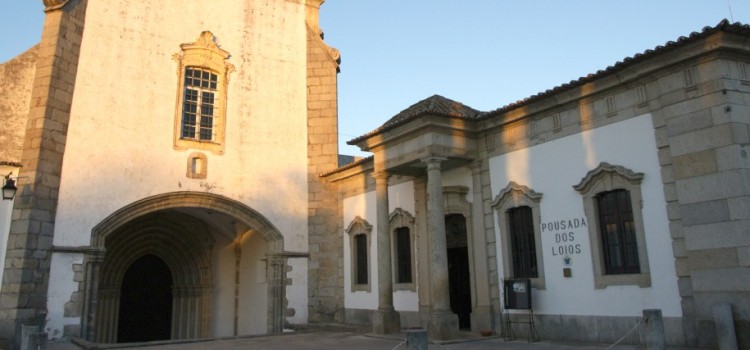
The Lóios Convent, also known as the Convent of St. John the Evangelist was built in the fifteenth century on the remains of a medieval castle, having been severely damaged during the 1755 earthquake. It is a set of rectangular shape that develops around a cloister of two floors, the ground floor of Gothic-Manueline style […]
By tourist on April 27, 2015
Évora, Go, Religious tourism, Sacred Travel, See, Slider
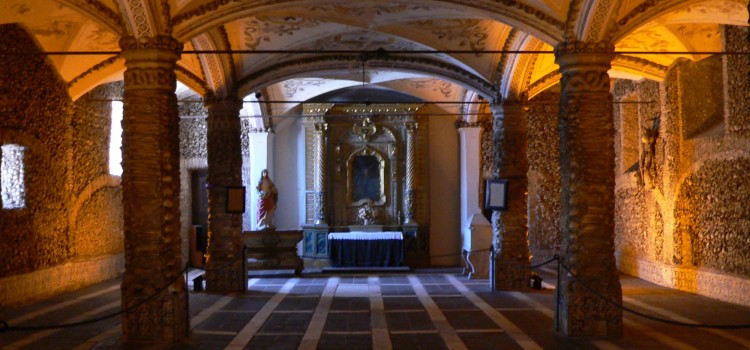
The Chapel of Bones is one of the most popular monuments in Évora, Portugal. It is located in the Church of San Francisco – Igreja de São Francisco. It was built in the seventeenth century by initiative of three monks who, in the spirit of the time (religious counter-reform, according to the regulations of the […]
By tourist on April 27, 2015
Évora, Museums, Religious tourism
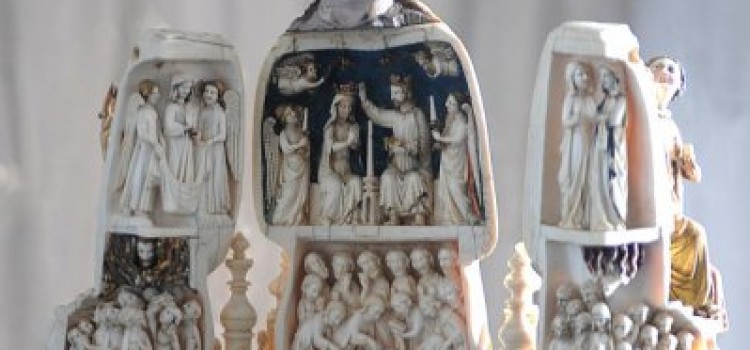
Exhibits in the cathedral museum include: the sceptre of Cardinal-King Henrique, a 16th-century goldsmith work in Manueline style a puzzle-like, 12-inch-high Gothic ivory statue of Mary, whose midriff opens up into a triptych with nine scenes of her life. It’s a French work of art from the 13th century. The head of the statue is a replica from […]
By tourist on April 27, 2015
Évora, Religious tourism
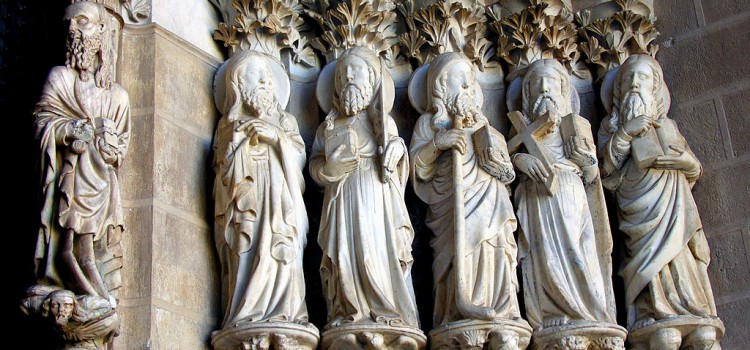
The Cathedral Exterior The main façade of Évora Cathedral, built with rose granite, resembles that of Lisbon Cathedral. Its two massive towers, completed in the 16th century, flank a narthex (entrance gallery), which encloses the main portal. Over the narthex there is a huge window with Gothic tracery that illuminates the interior. Each tower has […]
By tourist on April 27, 2015
Évora, Religious tourism, Slider
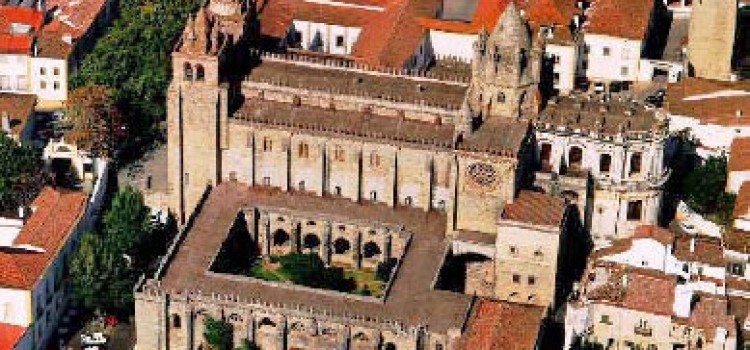
Évora was definitively reconquered from Arab hands in 1166 by Geraldo Sem Pavor (Gerald the Fearless), and soon afterwards the new Christian rulers of the city began to build a cathedral, dedicated to the Virgin Mary. This first building, built between 1184 and 1204, was very modest and was enlarged circa 1280-1340, this time in early Gothic style. The cathedral received several valuable additions through time, […]
By tourist on April 27, 2015
Arts and Culture, Religious tourism, Slider, Viana do Alentejo
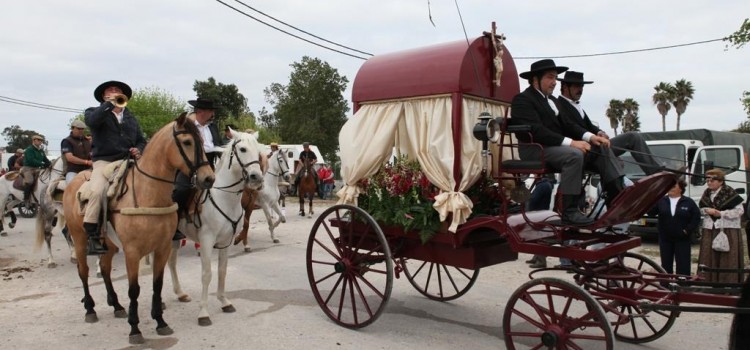
The pilgrimage of Our Lady of Aires in Viana do Alentejo, district and the Archdiocese of Évora, dating back to 1748, when it started Marian devotion this place situated near the village of Viana do Alentejo. All have been born of a vow made by some traders (due to an epidemic that then raged in […]










